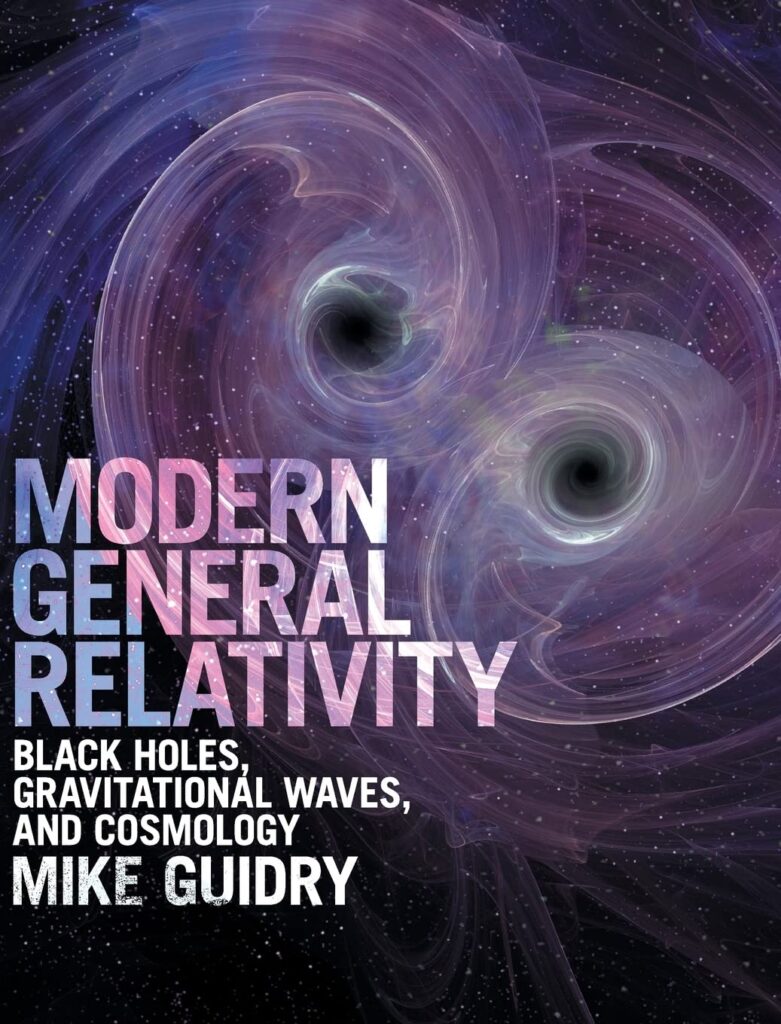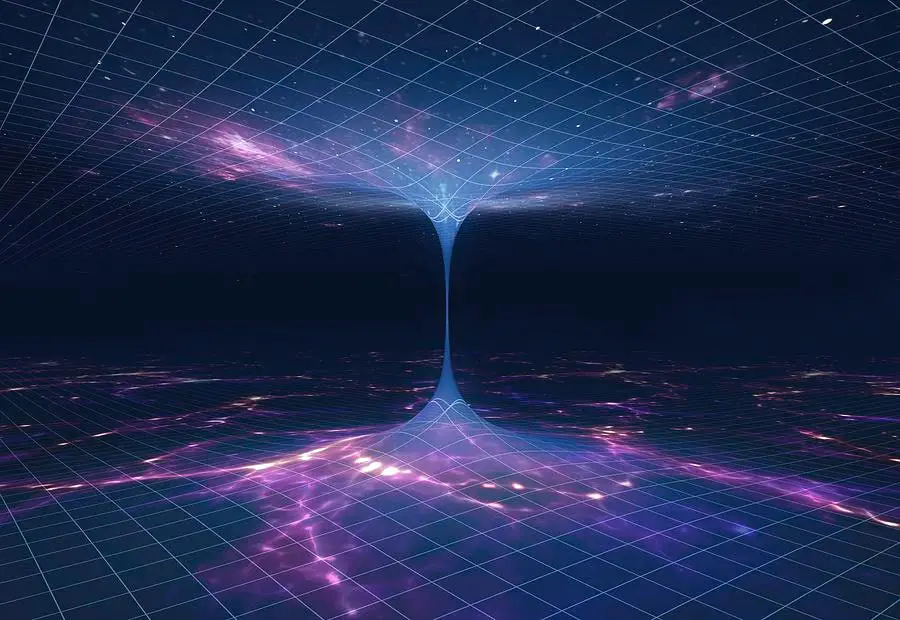Physicists have discovered a strange twist of space-time that can mimic black holes — until you get too close. Known as “topological solitons,” these theoretical kinks in the fabric of space-time could lurk all around the universe – and finding them could push forward our understanding of quantum physics, according to a new study published April 25 in the journal Physical Review D.
Black holes are perhaps the most frustrating object ever discovered in science. Einstein’s general theory of relativity predicts their existence, and astronomers know how they form: All it takes is for a massive star to collapse under its own weight.
With no other force available to resist it, gravity just keeps pulling in until all the star’s material is compressed into an infinitely tiny point, known as a singularity. Surrounding that singularity is an event horizon, an invisible boundary that marks the edge of the black hole. Whatever crosses the event horizon can never get out.
But the main problem with this is that points of infinite density can’t really exist. So while general relativity predicts the existence of black holes, and we have found many astronomical objects that behave exactly as Einstein’s theory predicts, we know that we still don’t have the full picture. We know that the singularity must be replaced by something more reasonable, but we don’t know what that something is.
Figuring that out requires an understanding of extremely strong gravity at extremely small scales — something called quantum gravity. To date, we have no viable quantum theory of gravity, but we do have several candidates. One of those candidates is string theory, a model that suggests all the particles that make up our universe are really made of tiny, vibrating strings.
To explain the wide variety of particles inhabiting our universe, those strings can’t just vibrate in the usual three spatial dimensions. String theory predicts the existence of extra dimensions, all curled up on themselves at some unfathomably small scale — so small that we can’t tell those dimensions are there.
And that act of curling up extra spatial dimensions at incredibly tiny scales can lead to very interesting objects.
In the new study, researchers proposed that these compact extra dimensions can give rise to defects. Like a wrinkle that you just can’t get out of your shirt no matter how much you iron it, these defects would be stable, permanent imperfections in the structure of space-time — a topological soliton. The physicists suggested that these solitons would largely look, act and probably smell like black holes.
The researchers studied how rays of light would behave when passing near one of these solitons. They found that the solitons would affect the light in almost the same way as a black hole would. Light would bend around the solitons and form stable orbital rings, and the solitons would cast shadows.
In other words, the famous images from the Event Horizon Telescope, which zoomed in on the black hole M87* in 2019, would look almost exactly the same if it were solitons in the center of the image, rather than a black hole.
But up close the mimicry would end. Topological solitons are not singularities, so they do not have event horizons. You could get as close as you wanted to a soliton, and you could always leave if you wanted to (assuming you packed enough fuel).
Unfortunately we have no black holes close enough to dig around in, and so we can only rely on observations of distant objects. If any topological solitons are ever discovered, the revelation wouldn’t just be a major insight into the nature of gravity, but it would enable us to directly study the nature of quantum gravity and string theory as well.
Sources:
Published 25 April 2023 in Physical Rev. Journal; Imaging topological solitons: The microstructure behind the shadow
DOI:https://doi.org/10.1103/PhysRevD.107.084042
Discover:

Modern General Relativity:
Black Holes, Gravitational Waves, and Cosmology
$52.49 (50% off)
$26.25
‘A timely book which offers a simple and clear introduction to the theory of general relativity and its modern applications to cosmology .. .’ David Tong, University of Cambridge

